When Sir Arthur Gilbert gave his and his wife’s collection to the British nation in 1996 he stipulated that the object display should include a waxwork of himself sat in a replica of his Beverley Hills office. This now seems an oddly tasteless requirement from the man behind one of the most exquisite and valuable collections ever given to Britain, but is symptomatic of the intense personal relationship that often exists between collector and collection. Originally displayed at Somerset House, the Gilbert Collection passed to the V&A in 2008, and went back on display last month in newly refurbished galleries redolent of a cabinet of curiosity.
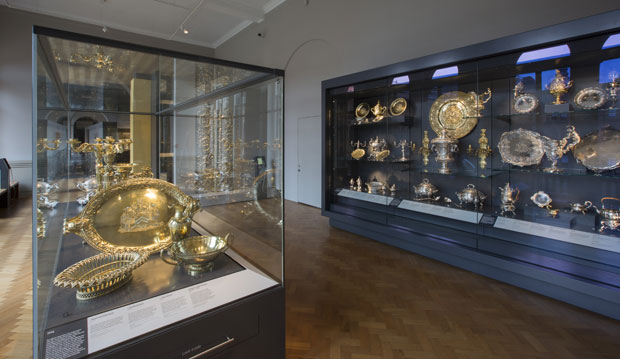
© Victoria and Albert Museum, London
Gilbert’s waxwork may no longer feature, but Sir Arthur and Lady Rosalinde are still firmly at the heart of their four galleries. The new displays strike a perfect balance between collector and collection. Connecting seamlessly to the museum’s main silver galleries, the Gilbert collections are arranged by object type: silver and gold treasures, miniatures, gold boxes, and micromosaics. Walk through the galleries one way and you follow a story of objects and techniques.
Yet each room also introduces the context of why these appealed to the Gilberts. Indeed, Sir Arthur Gilbert himself is credited with inventing the term ‘micromosaic’ for the minutely-detailed mosaic pictures that first drew him to collecting. Walk the galleries the opposite way and you follow the development of the Gilbert collection as the couple’s ‘magpie passion’ evolved from micromosaics to the gold boxes they often decorated, to the miniatures that such boxes often also encased, to the larger silver and gold sculptural objects that shared both the precious material and design features of the boxes. When Gilbert was knighted, he chose his charming partridge cup set with mother-of-pearl feathers as one of the supporter figures for his new armorial crest.
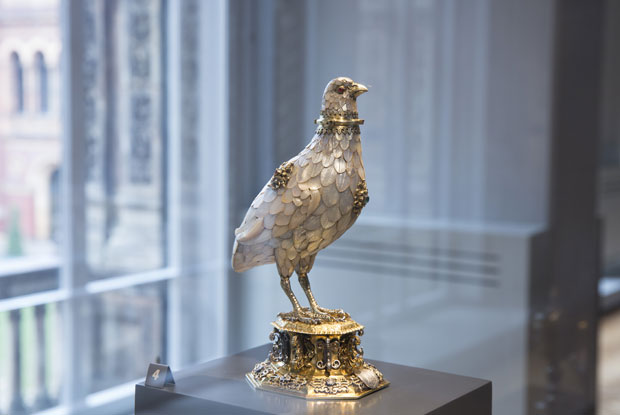
© Victoria and Albert Museum, London
These collections are precious and exquisite. I remember the mass of wealth – you might even say bling – that this collection represents as feeling rather overwhelming in the Somerset House displays, but the V&A succeeds in giving each intricate object its moment of attention; its quiet beauty. Some are picked out for particular attention. The extraordinary mosaic cabinet and clock by Giovanni Battista Foggini includes a wonderfully detailed pietre dure panel of flowers. A modern Florentine company have created an exact replica of this, which is on display for visitors to touch, and accompanied by a film of the process.
The Gilberts had a particular interest in provenance, seeking out objects that made them heirs to the most famous schatzkammern of the past. Rudolph II, Napoleon Bonaparte, Frederick the Great, and William Beckford are all represented here. A set of magnificent jewelled snuffboxes that belonged to Frederick are accompanied by a listening post, where visitors can learn more about the man, the boxes and the art of taking snuff. A neo-classical silver-gilt basin that once belonged to Beckford is shown alongside the original carefully finished watercolour design, also collected by the Gilberts.
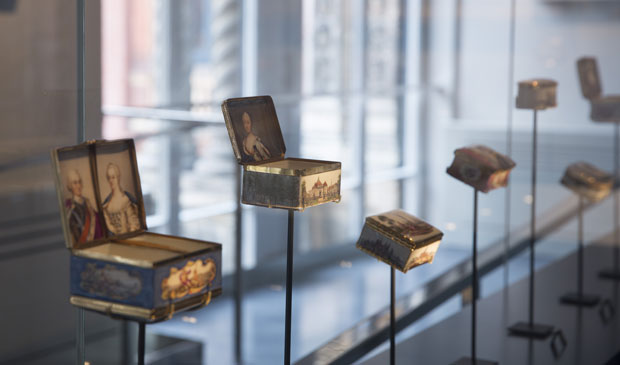
© Victoria and Albert Museum, London
While this is undoubtedly a gallery of beautiful things, it also carries a subtle political message, apt for our troubled times. Gilbert was the son of Jewish immigrants, who grew up in Golders Green, and made a fortune in fashion design in Soho before moving to Los Angeles and making a further fortune in property. His objects represent the efforts of craftsmen moving across Europe throughout history, sharing and developing techniques. The collection was originally loaned to the Los Angeles County Museum of Art, where Gilbert himself would often greet visitors, magnifying glass in hand. From the beginning it was meant ‘for everyone’, and Gilbert’s own voice in a recording in the V&A galleries explains that the collection was eventually given to Great Britain ‘so that the rest of the world could see and enjoy it’.
This was a collection to be shared and appreciated, whose collector celebrated movement across British shores, and saw London as a gateway to worldwide enjoyment. Today, there are magnifiers on offer in the galleries, so that visitors might follow in Gilbert’s footsteps. The entire collection is available online, and Gilbert’s money continues to fund lectures, loans, research and further acquisitions. The galleries will continue to evolve, as the collection did, and Gilbert himself may even return in waxwork form in 2017.
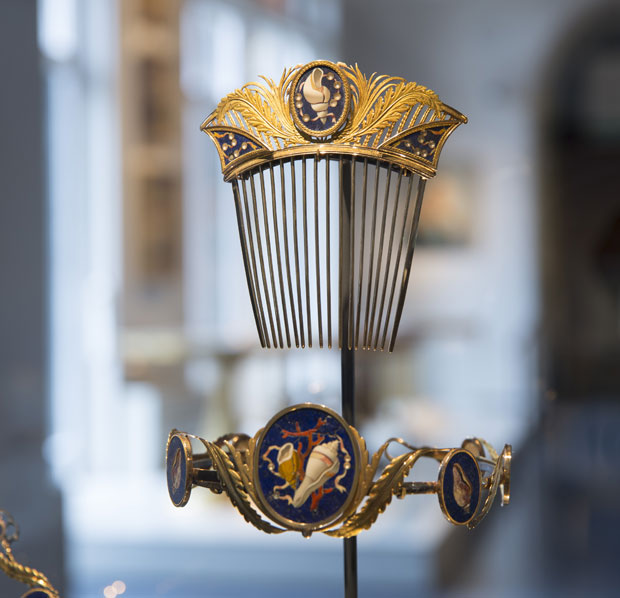
© Victoria and Albert Museum, London
The Gilbert Collection is on permanent display in rooms 70–73 of the Victoria and Albert Museum, London.
Unlimited access from just $16 every 3 months
Subscribe to get unlimited and exclusive access to the top art stories, interviews and exhibition reviews.

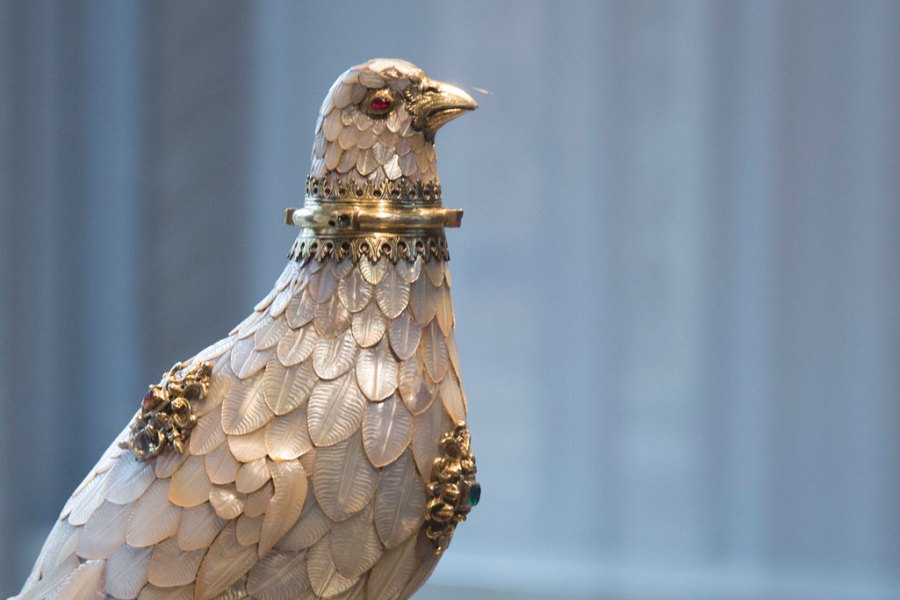
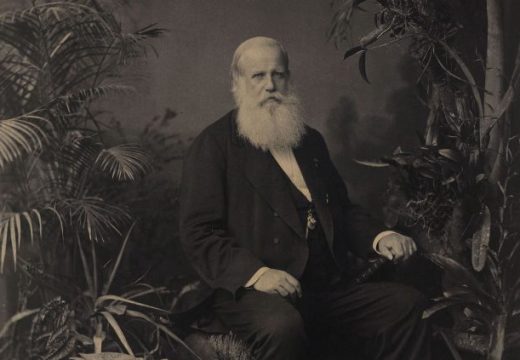

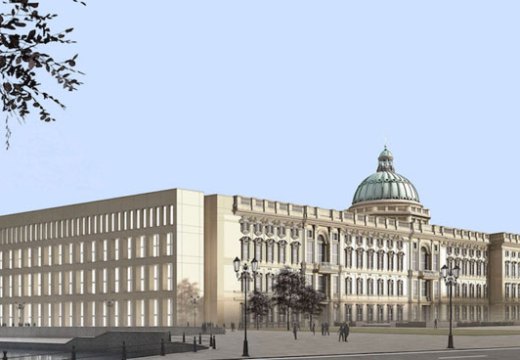









![Masterpiece [Re]discovery 2022. Photo: Ben Fisher Photography, courtesy of Masterpiece London](http://www.apollo-magazine.com/wp-content/uploads/2022/07/MPL2022_4263.jpg)
Has the Fitzwilliam lost the hang of things?